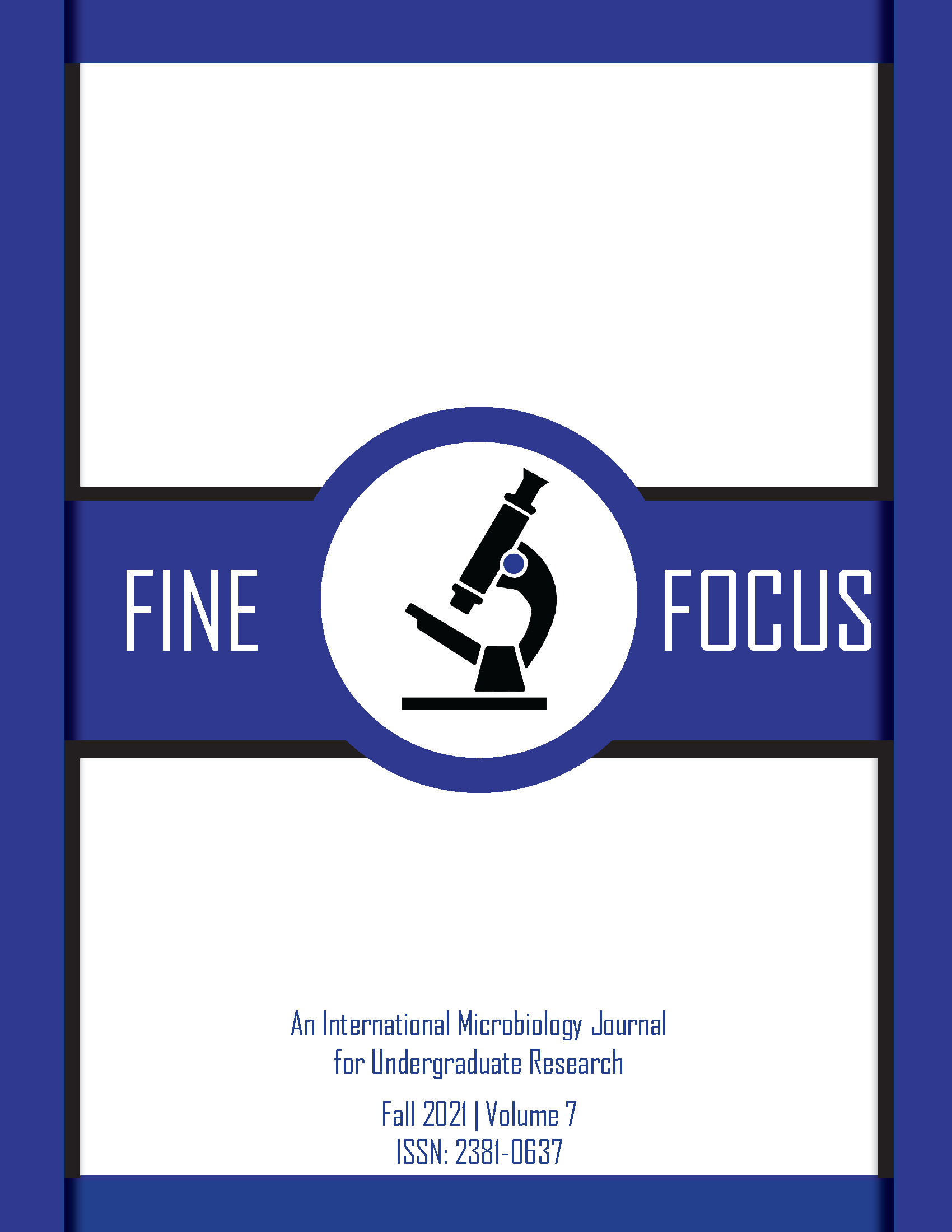Biogenesis of Lipoproteins in Gram-Negative Bacteria: 50 Years of Progress
DOI:
https://doi.org/10.33043/FF.7.1.9-24Keywords:
lipoprotein, Gram-negative, Lgt, LspA, LntAbstract
The outer membrane is the defining characteristic of Gram-negative bacteria and is crucial for the maintenance of cellular integrity. Lipoproteins are an essential component of this outer membrane and regulate broad cellular functions ranging from efflux, cellular physiology, antibiotic resistance, and pathogenicity. In the canonical model of lipoprotein biogenesis, lipoprotein precursors are first synthesized in the cytoplasm prior to extensive modifications by the consecutive action of three key enzymes: diacylglyceryl transferase (Lgt), lipoprotein signal peptidase A (LspA), and apolipoprotein N-acyltransferase (Lnt). This enzymatic process modifies lipoprotein precursors for subsequent trafficking by the Lol pathway. The function of these three enzymes were originally thought to be essential, however, in some Gram-negative bacteria, namely Acinetobacter baylyi, the third enzyme Lnt is dispensable. Here we review the function and significance of Lgt, LspA, and Lnt in outer membrane biogenesis and how non-canonical models of lipoprotein processing in Acinetobacter spp. can enhance our understanding of lipoprotein modifications and trafficking.
Downloads
Downloads
Published
How to Cite
Issue
Section
License
Copyright (c) 2021 Nathan W. Rigel, James C. Kuldell, Harshani Luknauth, Anthony E. Ricigliano

This work is licensed under a Creative Commons Attribution-NonCommercial-NoDerivatives 4.0 International License.
By submitting to Fine Focus, the author(s) agree to the terms of the Author Agreement. Beginning in Fall 2018, all authors retain copyrights associated with their article contributions and agree to make such contributions available under a Creative Commons Attribution-NonCommercial 4.0 International license upon publication in Fine Focus. Copyrights to articles published prior to Fall 2018 have been transferred from the authors to Fine Focus.



